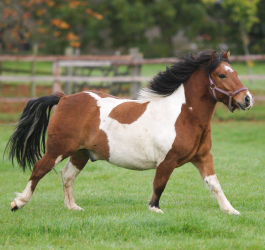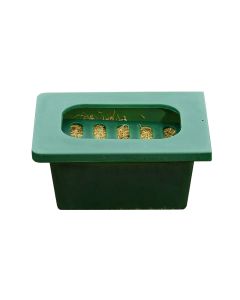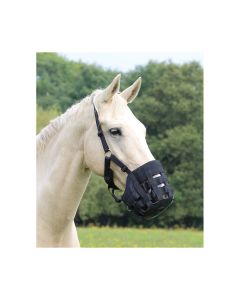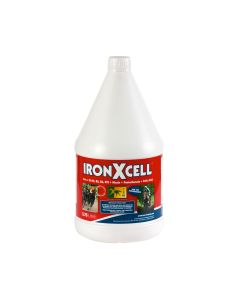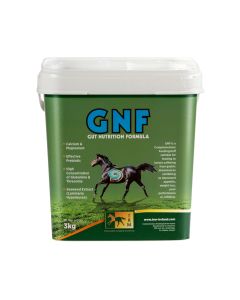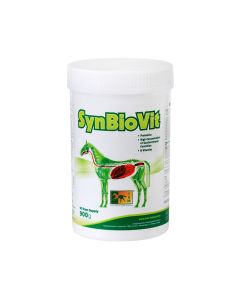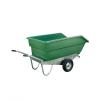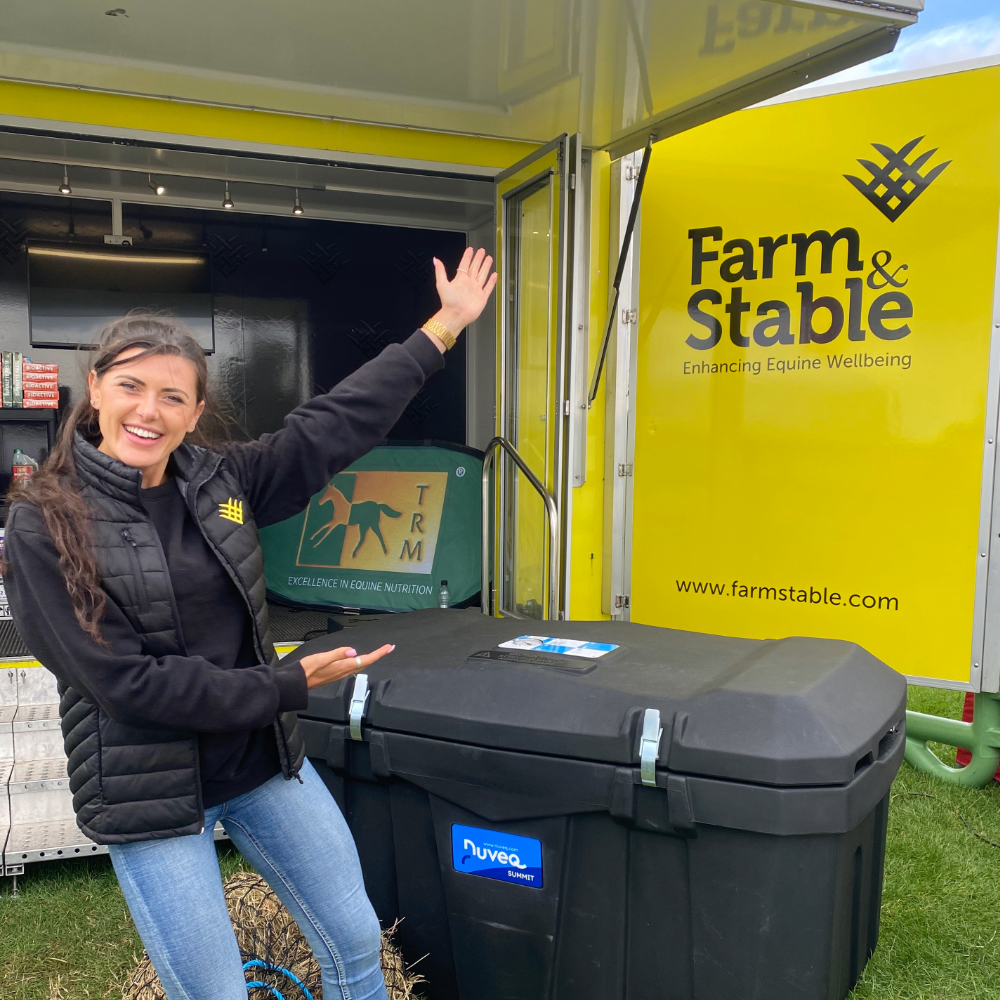
Are you worried about a few extra lockdown lbs that have appeared this summer? If your horse is carrying extra weight, then you should be! Here’s why….
The cause of the problem
It is common for horses to put on a few pounds during the summer. This is because longer days mean more time out grazing and horses are not spending energy on trying to keep warm.
It is helpful to remember that the wild horse was designed to eat large amounts of grass during the summer when forage was plentiful, and they would then convert this to fat. They did this in order to survive the ‘lean period’ during the winter when there is very little grass growth.
However, wild horses were almost always on the move and our domesticated horses are far more sedentary than their predecessors.
As we all know, losing weight is tough. But it is even tougher if you’re an animal that is designed to spend most of its life eating. Additionally, some breeds will be more prone to gaining a few pounds. These include native breeds such as Irish draft horses, cobs and Arabs.
What we also know about losing weight is that crash diets lead to disaster, and they can be seriously dangerous for your horse. If you stop your horse eating for too long it can lead to severe health and behavioural problems. Restricting calories can tell your horse’s brain to panic, in turn, it can cause the body to start hoarding calories and get even rounder!
It was previously assumed that boredom was the main reason that food-restricted horses were acting up as they had long periods of time with nothing to do. However, research is suggesting that these behaviours are a response to increased acidity in the digestive tract.
When horses chew, they produce saliva that contains bicarbonate which neutralises acidity in the gut. If a horse isn’t receiving much fibre and not spending very long chewing, the gut can become very acidic. This is the reason antacids are starting to be promoted for use in horses with stereotypical behaviours. It should also be remembered that horses are herd animals, so if you are reducing grazing, you will also be reducing their contact with other horses. This can cause considerable anxiety which can lead to other health problems.
So why diet?
Horses that are overweight or obese are more likely to develop disorders and diseases such as laminitis, equine metabolic syndrome (EMS) and insulin dysfunction. Excess body weight can also result in poor performance, heat intolerances, and increases the incidence of muscle strain, as well as osteoarthritis and other joint issues.
It is our responsibility as horse owners to manage excess weight and reduce the risk of weight-related health issues occurring.
Is your horse overweight?
If you are questioning your judgement, don’t worry. Many people really struggle to objectively assess their own animals.
While we often want to make sure our horses are well fed, it is important to look at their weight critically. It is for their own good! Even your friends can be biased too, so it is always best to rely on empirical data rather than subjective judgment.
When you are assessing your horse, focus on these six key areas for fat deposits:
- Neck
- Withers
- Behind the shoulders
- The ribs
- Topline/back
- Tail head
Here is what a healthy horse should look like:
- A thin layer of fat under the skin
- Muscles on the neck are less defined
- Shoulders and neck blend smoothly into body
- Withers appear rounded over tips of bones
- The back is flat or forms only a slight ridge
- Ribs are not visible but easily felt
- There is a thin layer of fat building around the tail head
- Rump beginning to appear rounded
- Hip bones are just visible
These are some indicators that your horse is overweight:
- Muscles are hard to determine beneath the fat layer
- Spongy fat developing on the crest
- Fat deposits along withers, behind shoulders, and along the neck
- Ribs are covered by fat
- Spongy fat around the tail head
- There is a gutter along the back
- Rump is well rounded
- From behind the rump looks apple-shaped
- Hip bones difficult to feel
A weigh tape can also be used to help you determine their weight, but if you are still in doubt, it is always best to seek advice from your vet.
How to manage an overweight horse
Understanding your horse's weight is the first essential step for making a feed plan. It is also vital for administering the correct doses of both medicines and wormers. The ideal weight will of course depend on their height and bread, so a bodyweight guide should always be consulted.
Horses at an ideal body weight usually consume about 2% of their weight a day in feed including hay, grain products and supplements. An overweight horse’s daily diet should be limited to 1.5% of their body weight.
This might sound technical, but your horse’s health is at stake here, so it is worth investing a bit of time and effort into making the most suitable diet plan. It may save you a lot of money through vet bills in the future!
All horses should receive the bulk of their feed and calories from hay. Different types of hay vary widely in nutritional value. We recommend feeding overweight horses mature grass hay. Mature grass hay usually contains a lower number of calories, meaning you can feed more of this type of hay compared to a less mature hay that is higher in energy.
Remember, the hay needs to be weighed too. Many yards use a round hay feeder as it is an easy and economical way of feeding hay. But for the overweight horse, this resembles an all-you-can-eat buffet, and it will ruin their diet plan.
Reducing or removing grain from your horse’s diet will also decrease caloric intake. While this sounds good, it can result in deficiencies in certain vitamins and minerals that horses must consume to stay healthy.
We recommend feeding a ration balancer in order to prevent any nutritional deficiencies. This type of supplement is designed to provide vitamins and trace minerals without additional calories.
IronXcell is a premium Iron enriched B-Vitamin syrup that provides the nutrients that are needed for red blood cell formulation and important metabolic functions relating to exercise. These nutrients fortify and strengthen horses, which will support performance even when calories are reduced.
SynBioVit is another complementary feedstuff for horses, containing live yeast Saccharomyces Cerevisiae, Prebiotics and B-Vitamins. Saccharomyces Cerevisiae increases nutrient digestibility by enhancing the activity of fibre digesting bacteria in the hindgut, resulting in increased fibre digestion of forage and more efficient use of the vitamins and minerals from the diet.
Slowing down feed intake is very important when restricting your horse’s calories. This is because extending the length of time horses spend foraging has been linked to improvements in horse health and wellbeing.
The longer a horse spends foraging the better it mimics a horse’s natural grazing behaviour. This will help keep glucose and insulin levels steady throughout the day and can help reduce the risk of developing metabolic disorders. Grazing muzzles and slow hay feeders are a great way to slow down the speed of eating.
Finally…. exercise!
Exercise is the golden ticket to a healthier horse as it accomplishes several things in one:
-Exercise burns fat
-It promotes fat loss even when resting
-It improves fitness and aerobic endurance
Key Takeaways
- Start with a plan. As part of your plan, you need to know your horses current AND ideal weight.
- Do NOT over restrict food.
- Slow down eating.
- Get exercising! At first, this can be as little as a gentle hack, but gradually build up the intensity and duration of work in the school.
- Consider using a nutrient supplement.
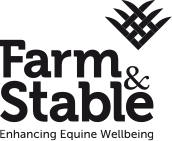

 Forgotten your password?
Forgotten your password?  Free Delivery on all orders over £95+VAT
Free Delivery on all orders over £95+VAT
